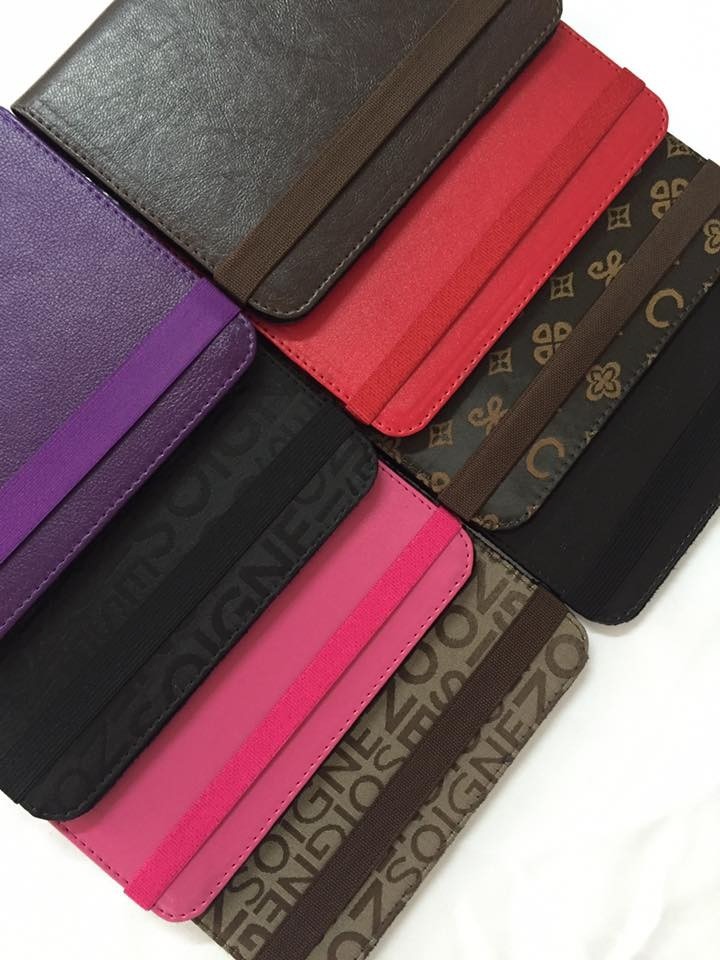

E Ink says Kaleido displays can show up to 4,096 colors and 16 levels of grayscale, which is the same as it claimed for Triton, but the overall color reproduction is much improved. The key element of Kaleido screens is that E Ink has developed a thinner, higher quality color filter array than it used in its older Triton technology, which required a glass-based color filter layer on top of the monochrome panel.

Battery life has been very good - I haven’t charged the PocketBook Color in weeks.Īll of this is nice enough, but the PocketBook Color would be an entirely unremarkable device if not for the screen. Page-turn and menu performance is reasonable, if not quite as fast as my Kindle Oasis. There’s a web browser, a notes app, and even some games like chess and sudoku. The PocketBook Color runs a custom Linux-based OS that includes various apps. I actually prefer this to the side-mounted page-turn buttons on previous Kindles I’ve owned, which never quite felt like they were at the right height - at least not for my thumbs. There are home, menu, and page-turn buttons located below the screen, and they’re all easily accessible at 160g, the PocketBook Color is light enough to hold with your thumb resting at the bottom.
KINDLE PAPERWHITE SUDOKU APP BLUETOOTH
There’s a bundled Micro USB-to-headphone jack adapter so you can listen to audiobooks, and the device also has Bluetooth support for wireless headphones. You’ll find a power button, a Micro USB port (boo), and a microSD slot (yay) on the bottom edge. It’s all plastic, but the design is fairly sleek with a matte silver finish on the back and a soft-touch texture on the front. Screen aside, the PocketBook Color doesn’t look much different to any other 6-inch e-reader. The company has been around since 2007 and says it’s the world’s third largest maker of premium E Ink-based e-readers, presumably putting it behind Amazon and Rakuten’s Kobo. PocketBook is an e-reader manufacturer headquartered in Switzerland and mostly selling to various European markets.



 0 kommentar(er)
0 kommentar(er)
